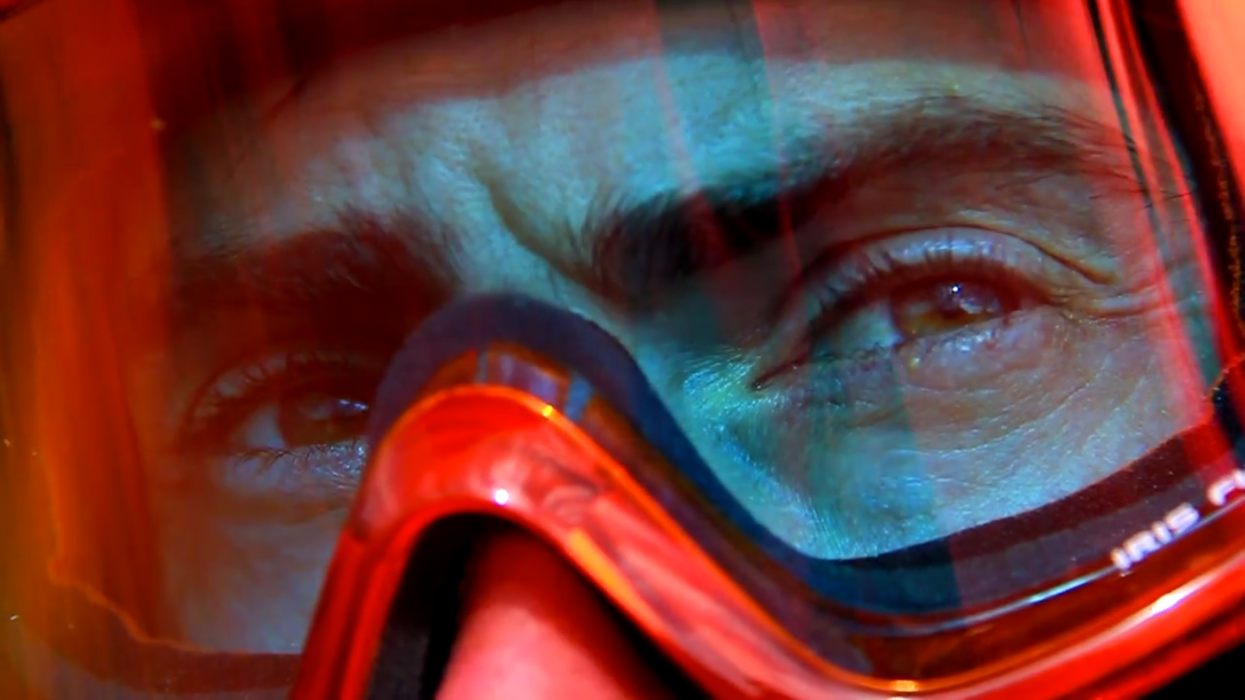Keys to Creating Complex Transitions
A great transition can be just as powerful as a beautifully composed shot.

Let's be honest, transitions oftentimes get overlooked -- editors sometimes making their choices either arbitrarily or opting to relegate them to do simple work as basic cuts. However, they can be so dynamic, adding energy to your projects, as well as meaning to your story.
That's why this video from Story & Heart is so essential, because in it filmmaker Matty Brown breaks down the complex transitions he used in his piece Playground, Italy, which was featured on CBS News. Before we get to how he did it, let's check out what he did! Watch Playground, Italy below and take note of all of the interesting transitions.
And now, here's the Story & Heart video featuring Matty Brown.
The key here is to understand what transitions do. It's pretty simple -- they connect two shots, but doing that isn't as easy as you might think. For instance, it's pretty easy to combine two shots or sequences that go together, but it's another story with ones that aren't similar or connected (in a narrative sense).
This is where Matty's advice really shines. Sure, it's pretty simple putting together a simple sequence with shots that naturally go together, but if you're editing a music video, commercial piece, or just a sequence in your film that is a little complicated, you'll need to have more advanced tools and knowledge at your disposal.
Matty suggests treating transitions as an art form -- planning them before you shoot instead of addressing them once in post. Furthermore, choosing shots to edit together needs to be done with a little finesse. (You might not have this option if you're working on a narrative film.) Matty says to pick shots that have something, anything, in common, like lighting, motion, color, because you'll need to have that continuity to make the sequence appear seamless.
How do you approach transitions? Let us know in the comments below!
Source: Vimeo Blog














